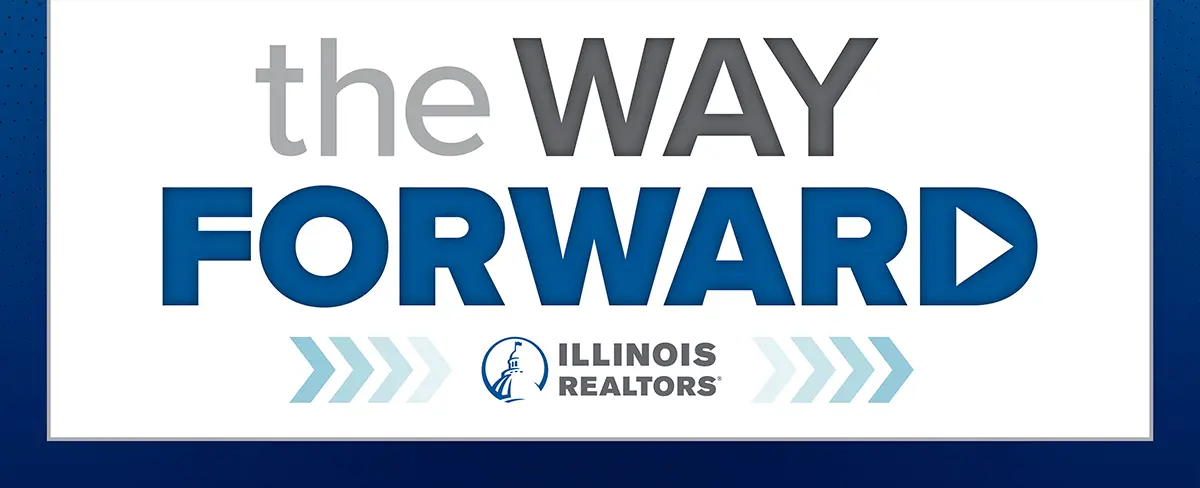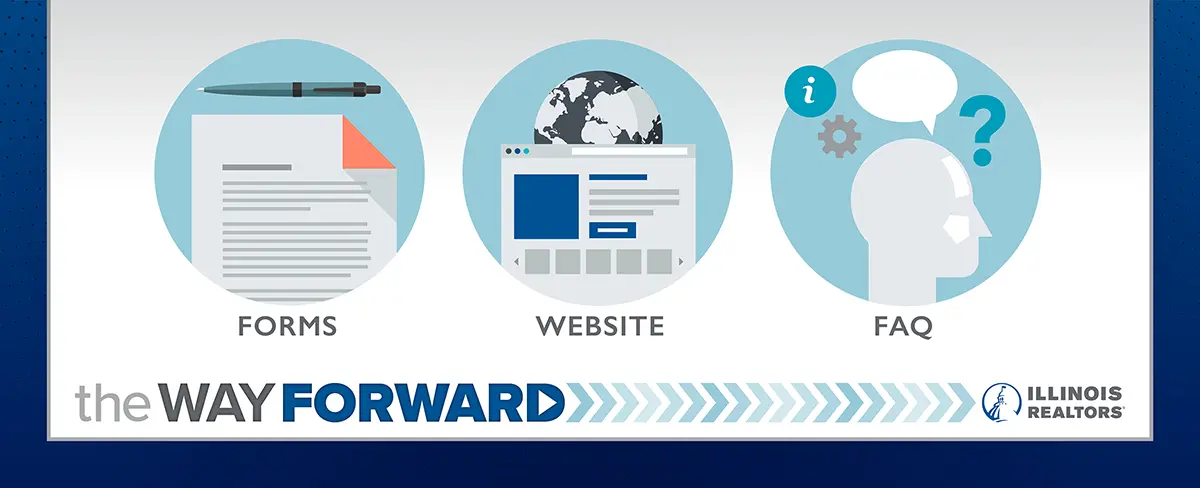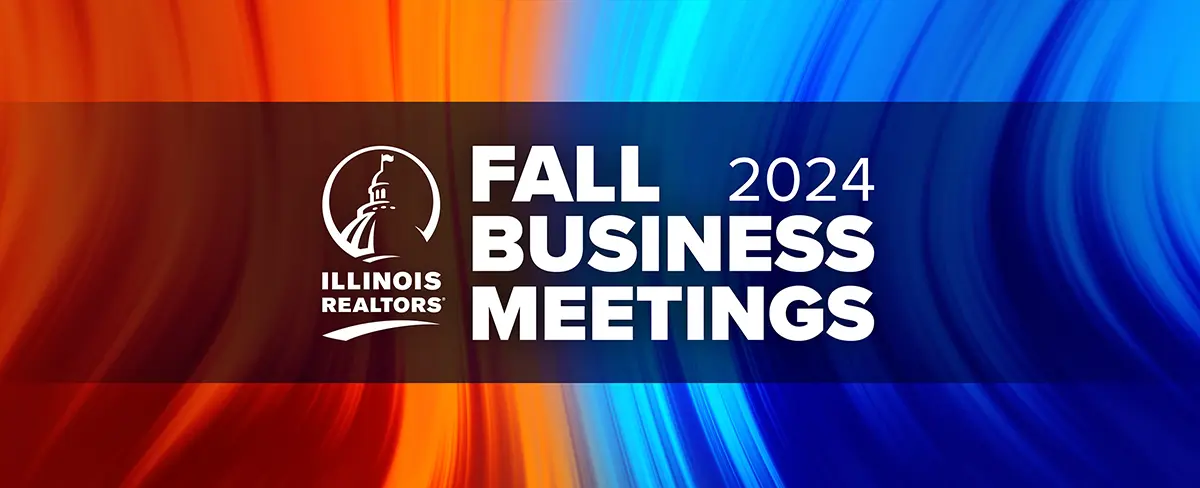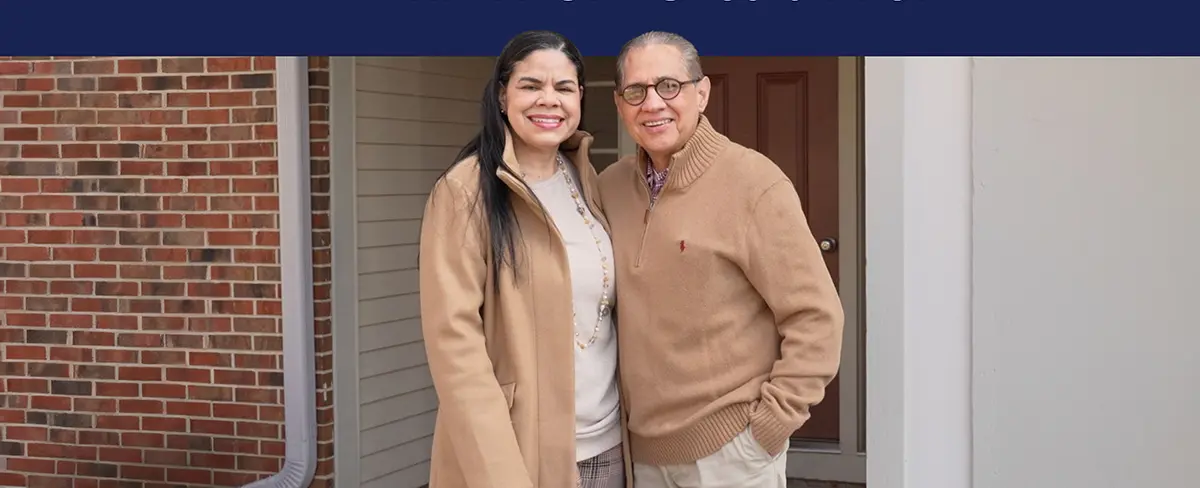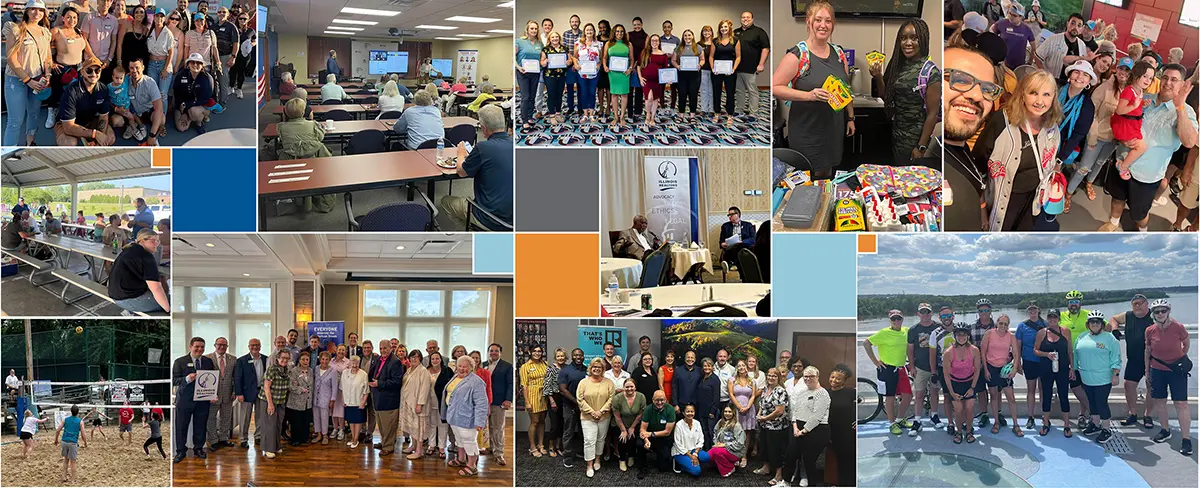Written by Lee Nelson
Reading Time: 8 min
Missy Grady worked with a young client this year who was living at home with his parents.
“He very much wanted to move out and own versus renting,” said Grady, a broker/partner at The Real Estate Group, Inc. in Springfield. “The young man only had a little bit of money saved.”
She and her client worked closely with the lender on finding grant money solutions for him. She also explained to his parents that they could gift money to help him as well to help with down payment and other costs.
“The parents were able to help supply the gift for their son to buy his first home. But I really think they just wanted to get him moved out of their basement,” she says.
With housing prices still lofty and interest rates high, it can be tough for REALTORS®’ clients to have enough for down payment and closing costs, and still have enough to do a few renovations or even buy a lawnmower. But many programs exist that can help potential buyers finally get in their own home, and some don’t require being a first-time homebuyer to qualify.

Missy Grady
The Real Estate Group, Inc.
Springfield
“Some of the benefits I have seen with the down payment assistance programs are the buyer does not have to contribute much of their own money, sometimes only $1,000 and as little as 1 percent,” says Grady. “For some folks, it allows them to actually get into homeownership and sometimes for even a little more house than they ever thought they could possibly afford.”
She believes the more REALTORS® know, the more they can teach.
“The better we teach, the better the transaction. The better the transaction, the happier the buyer which leads to repeat business and referrals. I want my first-time buyers for life not just once,” she adds.
“I have found that most first-time buyers do not know how or where to begin. I think they often assume they do not have enough money saved for a down payment. When agents educate them and tell them their options for down payment assistance, grant programs and seller paid concessions for closing costs, they often seem very relieved to hear there is a possibility for homeownership.”
Missy Grady
Considerable help is out there
In a recent study by the Down Payment Resource (DPR) and the Urban Institute, nearly 80 percent of those getting a Federal Housing Administration (FHA) loan likely could have qualified for down payment assistance. However, only 15 percent of borrowers with FHA mortgages used down payment assistance from a government source. That means a lot of people, even those with other types of loans, might be missing out on financial help to buy their home.

Rob Chrane
Down Payment Resource (DPR)
Atlanta
For 16 years, DPR has offered a centralized database of every homebuyer and down payment assistance program in the country. Lenders can find and track programs to match their client borrowers to financial help. MLSs incorporate down payment assistance programs into their data to match homebuyers and eligible properties with the correct programs available.
“There are currently over 2,400 programs available across the United States,” says Rob Chrane, CEO and founder of DPR, headquartered in Atlanta. “To combat the affordability crisis, program providers have really stepped up to the plate over the last few years by expanding benefits on existing programs and bringing new programs to the market.”
Illinois has 39 existing programs to help citizens with homeownership, with 26 of them having funds available, according to DPR Homeownership Program Index for the second quarter of this year.
Many organizations offer down payment assistance, including government offices in cities, counties, and states, including the U.S. Department of Housing and Urban Development (HUD); local or state housing authorities; Federal Housing Administration (FHA); and nonprofit organizations.
“For our MLS partners, our technology enhances property data by flagging listings eligible for down payment help,” Chrane says. “We also offer Down Payment Connect, a personalized lead-generation landing page that makes it easy to match prospective homebuyers with down payment program options.”
Anyone can search for programs at the DPR website, plus the organization hosts free monthly webinars where industry professionals can learn the basics about homebuyer programs and even how to overcome some common obstacles and misperceptions.
“In additional to the tools DPA offers, many state and local housing financial agencies offer training courses for agents and loan officers as well. Agents can also attend homebuyer education courses with or without their clients to learn more about a particular program,” Chrane says.
He lists a few of the many financial assistance programs offered in Illinois:
- Illinois State Finally Home Program – a 20 percent guaranteed give for a borrower who cannot otherwise qualify for a home under a financial institution’s prevailing credit stands without the guarantee. It’s valid for five years and can be used toward missed payments, as long as the reasons identified fall under the hardship factors outlined.
- Federal Home Loan Bank (FHLB) of Chicago Downpayment Plus Program and Downpayment Plus Advantage Program – These are grants giving the lesser of $10,000 or 25 percent of the first mortgage amount. It can be used for interest rate buy down, escrow reserves, escrow for rehab costs, and homeownership education and counseling costs.
- Closing the Gap Program in Aurora – Down payment assistant designed specifically for anyone who self-identifies as black, African-American, Africa, or African-Caribbean. It has no income limits or purchase price limits and offers assistance amounts based on the amount of time it takes the homebuyer to successfully complete a homebuyer education certificate. It can be used with other programs.
“The better we teach, the better the transaction. The better the transaction, the happier the buyer which leads to repeat business and referrals. I want my first-time buyers for life not just once.”
Missy Grady
Up to $10,000 to help buy a home
Since 2018, the Illinois Housing Development Authority (IHDA) has offered up to $10,000 to help Illinoisans realize their dream of homeownership. The IHDA Access Mortgage programs are open to both first-time and repeat homebuyers, gives three options depending on situations, and can be used for down payment and closing costs for a new or existing home.
“Since that year, we have helped over 43,000 individuals,” says Javier Gumucio, director of IHDA’s Single Family Homeownership Programs. “The lenders will originate the loan, close the loan, and send the loan to use, and refund the lender for that first mortgage and that down payment assistance that they provided at the table.”
This allows the lender to close whenever they want instead of waiting for the program money to come through, he adds.
“You would be amazed. It’s a game changer for a lot of people,” Gumucio says.
IHDA has received many thank-you letters from individuals who have been economically disadvantaged for whatever reason. Some have been trying to save all their lives, or they have been renting for many years.

Javier Gumucio
Illinois Housing Development Authority (IHDA)
“Imagine someone being 36 years old and a couple of kids at home. When we have kids involved, it’s more expensive and harder to save,” he says. “But they learn they can get in a home with as little as 3.5 percent down and pay their closing costs and still put some money in their rainy-day fund with $10,000.
How REALTORS® can stay up to date
Grady says her team works very closely with several lenders and teams up with a few of the banks and mortgage companies to co-host new buyer seminars to help educate new buyers and themselves in a small group setting so they feel comfortable asking questions.
“REALTORS® can also keep informed by picking up the phone and talking to them and seeing what they have to offer before making the connection between the client and the lender,” she says.
REALTORS® can stay informed about available down payment options by being aware of updates from your REALTORS®’ association, attending lenders lunch and learns and maintaining good relationships with other REALTORS® for networking.
“These are all very important to be in the know of what is going on in a very-fast paced industry,” Grady says. “Meet with your new client and take your time with them, educate them and listen to them. We have to remember we all started out the same way, so treat them like you want to be treated and guide them.”
They usually can be very nervous and sometimes cared to even pull the trigger to reach out to an agent for help.
“I have found that most first-time buyers do not know how or where to begin. I think they often assume they do not have enough money saved for a down payment,” she says. “When agents educate them and tell them their options for down payment assistance, grant programs and seller paid concessions for closing costs, they often seem very relieved to hear there is a possibility for homeownership.”
“It is important to connect them with a good seasoned lender who stays on it with the evolving times and current programs to give the client the best options for them for a seamless experience,” she adds.
About the writer: Lee Nelson is an Illinois-based writer whose work regularly appears in REALTOR® Magazine and other industry publications.

